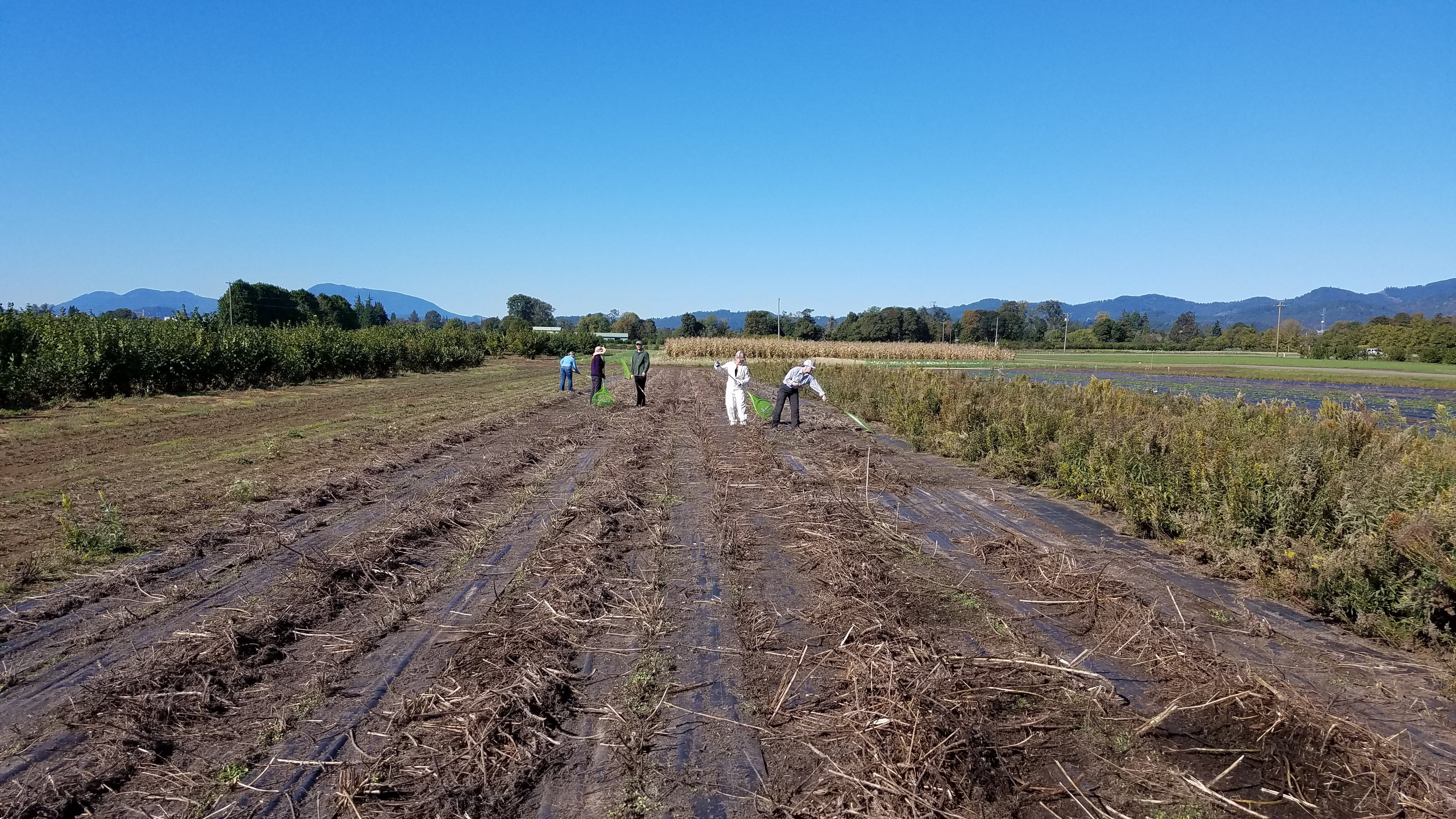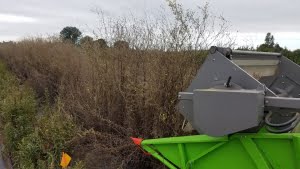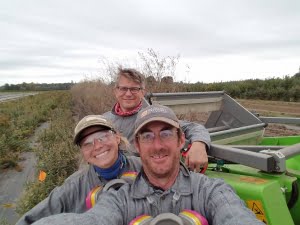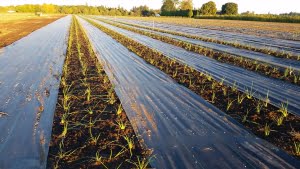
How IAE harvests native plants
By Michel Wiman
October 2019
The United Nations General Assembly recently declared 2021-2030 the Decade on Ecosystem Restoration, to “massively scale up the restoration of degraded and destroyed ecosystems as a proven measure to fight the climate crisis and enhance food security, water supply and biodiversity.” For the U.N. to recognize the importance of restoration is encouraging, as IAE has worked diligently on restoring native habitats for two decades. A key piece of natural areas restoration is revegetation, using roots, plugs and seeds of native plants. In order to have the native plants available for restoration, our local native plant farms are an essential resource. Also, locally sourced seeds often outperform seeds from distant ecoregions, even for the same species (see our recent post about research into local adaptation).


This is where IAE’s Native Plant Materials Program comes in. Since almost as long as we’ve been restoring native habitats and recovering native species, we’ve been in search of native plant materials to use in our restoration projects. Over the years, we have become more involved with native seed and plant material collection, and plant and seed production. These efforts eventually led to us starting a native plant farm in 2017, and we have been raising seed and plants on an ever-growing scale since then.
On a recent sunny fall day, I went to help harvest seed from IAE’s native plant plots, located at the OSU Vegetable Research Farm. Our first task was to clip racemes of western goldenrod (Solidago lepida var. salebrosa). You'd think October is rather late to collect seed, but this species is a late-bloomer, and has been so prolific that this is the fourth time staff have harvested its seed heads this summer. As I walked through the goldenrod field clipping seed heads, hundreds of tiny hoppers and small pollinators flew off the last of the yellow flowers, making me understand why it is a prized pollinator plant. Painted lady butterflies and yellow-faced bumblebees have been common visitors to this field through much of the flowering season.
Once we collected and stored goldenrod seed, we moved on collecting seed from the biggest biomass producer of all the natives on our farm, showy tarweed (Madia elegans). Showy tarweed is a tall, eye-catching annual native in Oregon and California that secretes sticky oil. Some say it smells like tar, others say it smells like pineapple. Pacific Northwest tribes ground its seeds to produce flour so sticky that water wasn’t needed to form the flour into dough.
All this makes harvesting the plant pretty interesting. Given the 8-foot average height of the plants, two passes with the combine were required to obtain the seed that remained in the spent flowers. After combining, we raked remaining stems into piles and tossed that material by hand through the combine to remove any seed. Next, we swept up any dropped seed from the weed cloth installed at planting to catch seed as it fell from the plants. The bulk of the seed was contained in these sweepings. Finally, the sweepings containing stems and seeds were also thrown through the combine for a rough cleaning and stored to await further cleaning this winter and ultimately, being directly seeded at restoration sites and creating pollinator nectar sources and resilient grassland ecosystems long into the next decade.
With sore shoulders, I went back to my desk, while our farm staff carried on with their tireless labor. In the spring, there will be more opportunities to become a farmer for the day. IAE would like to thank Oregon State University and the broad consortium of partners involved in the Willamette Valley Native Plant Materials Partnership.
Restoration
Research
Education
Get Involved
Contact
Main Office:
4950 SW Hout Street
Corvallis, OR 97333-9598
541-753-3099
[email protected]
Southwest Office:
1202 Parkway Dr. Suite B
Santa Fe, NM 87507
(505) 490-4910
[email protected]
© 2024 Institute for Applied Ecology | Privacy Policy



